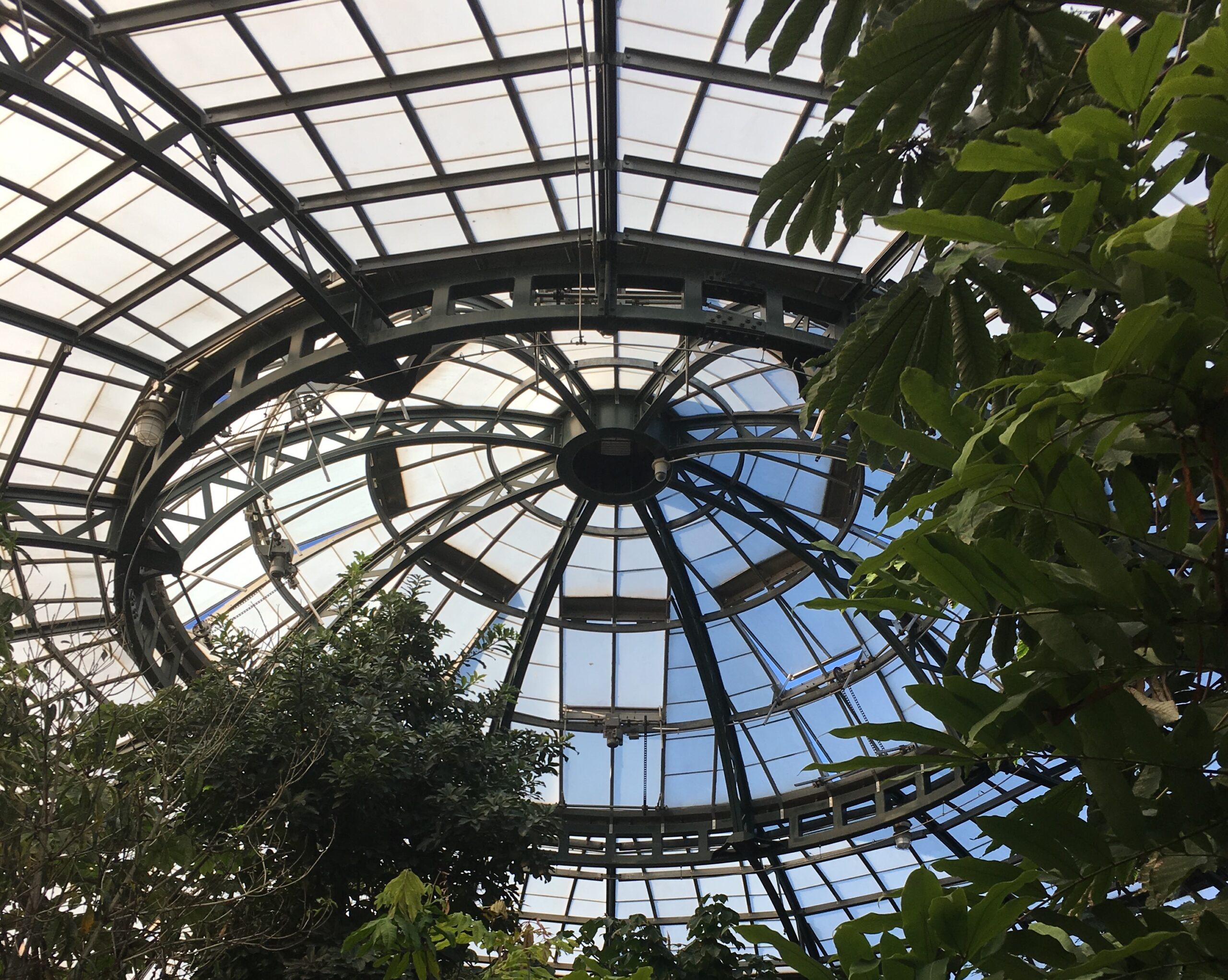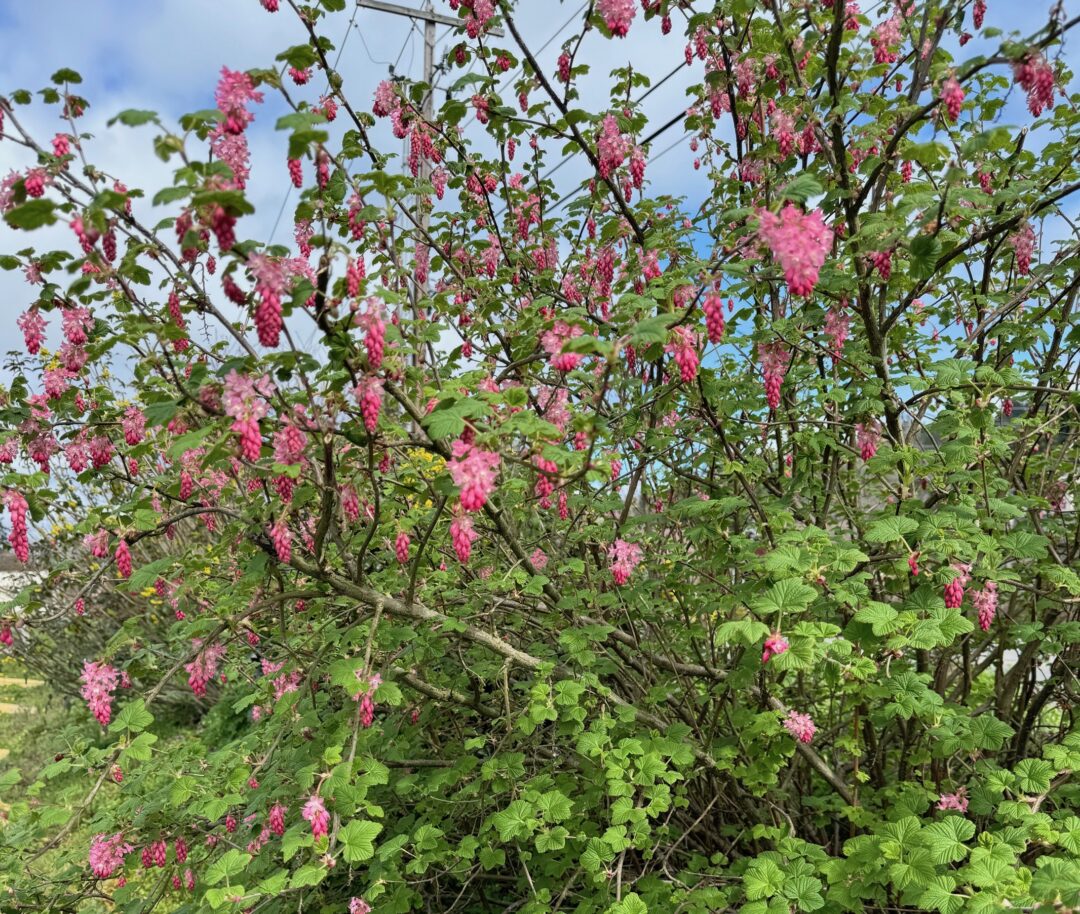In the wake of the LA fires, resiliency in rebuilding means a future that is safer and healthier for all. There are multiple guides, such as the “Wildfire Action Plan,” that propose important steps for fire mitigation, from rain gutter covers to noncombustible roofs. These guidelines provide clear-cut methods to build structures that prevent fire damage. As for vegetation, however, recommendations are not as definitive. There are generally two opposing perspectives regarding vegetation placement in fire-risk areas: that the vegetation will further perpetuate fire damage or it will act as a buffer, preventing fire from accessing the property. These opposing perspectives highlight the tension between standardization and individual nuance.
The Board of Forestry and Fire Protection in California currently has two zones that designate what kind of vegetation and flammable materials can exist in the periphery of the house in a high fire-risk area. Zone 1 specifies requirements for between 5 and 30 feet from the house, including removing dead debris, creating distance between trees, and ensuring separation between propane tanks and vegetation. Zone 2 has requirements for 30 feet to the edge of the property line. Such requirements are similar, such as mowing grass to maximum height of 4 inches, removing dead vegetation, and pruning trees. There are more details on California’s Board of Forestry and Fire Protection’s website regarding the zones. Also listed on this page is the proposal for a Zone 0.
In response to increased fire risk, legislature passed, Assembly Bill 3074 and Senate Bill 504, to make changes to the California Public Resource Code, that require the Board of Forestry and Fire Protection to create plans for a Zone 0, which would specify fire mitigation requirements for between 0 and 5 feet from the house. While still in the process, current proposals lean towards removal of all vegetation in this area, for the potential to act as kindling in the case of a fire. Although this perspective is valuable in the situation that there is dead debris or brush immediately close to a house, the same may not be said for healthy, well-maintained vegetation.
Well-maintained vegetation, including some native species, have the capacity to protect a house from fire. As depicted in an LA Times article, removal of vegetation next to the house may actually have severe consequences. The article suggests, through photos documenting previous fires, that embers tended to ignite houses first, suggesting that burned vegetation originated from house damage. Furthermore, the article states that well-maintained plants pose cooling properties that protect the surrounding area and lower potential flammability. Lush plants create “heat sinks, absorbing energy and even blocking embers,” as denoted by the LA Times. Vegetation, in this sense, not only may be less flammable than expected, but also has the potential to prevent structures from burning.
Beyond fire damage, vegetation, such as trees, are essential to create cooler climates, absorb carbon, and support active wildlife. Organizations, such as Altadena Green, provide education and resources regarding the tree removal during the Phase 2 debris removal process post-fires. LAist met with Altadena Green to discuss the importance of trees in the area and the ways they are protecting tree removal. As highlighted in the article, trees represent continued growth following the fires. Altadena Green is investigating if the work by the Army Corps of Engineers to remove trees deemed dead or likely to die in the next five years. Lack of communication, coupled with opposing conclusions determined by local arborists, has led Altadena Green and the community at large to question the blue paint placed on Altadena trees, designating those to be torn down. Highlighted in the same article, are multiple steps to take to protect the trees in your yard, including speaking with the Army Corps of Engineers contractors directly, signing an attached retention notice, and filling out a Right of Entry application.
Trees and other vegetation inherently hold value, in the physical health benefits they provide and the connection they hold to places before the fires. Although dry or under-maintained vegetation can pose additional fire risk, healthy, well-maintained vegetation has the capacity to not only prevent further fire damage, but promote general health as well. The key to rebuilding is understanding this nuance, without further stripping communities of their historic canopy. This is a personal journey, and one that has to move quickly for many, but considering the potential benefits of trees and foliage may be an important step along the way.




